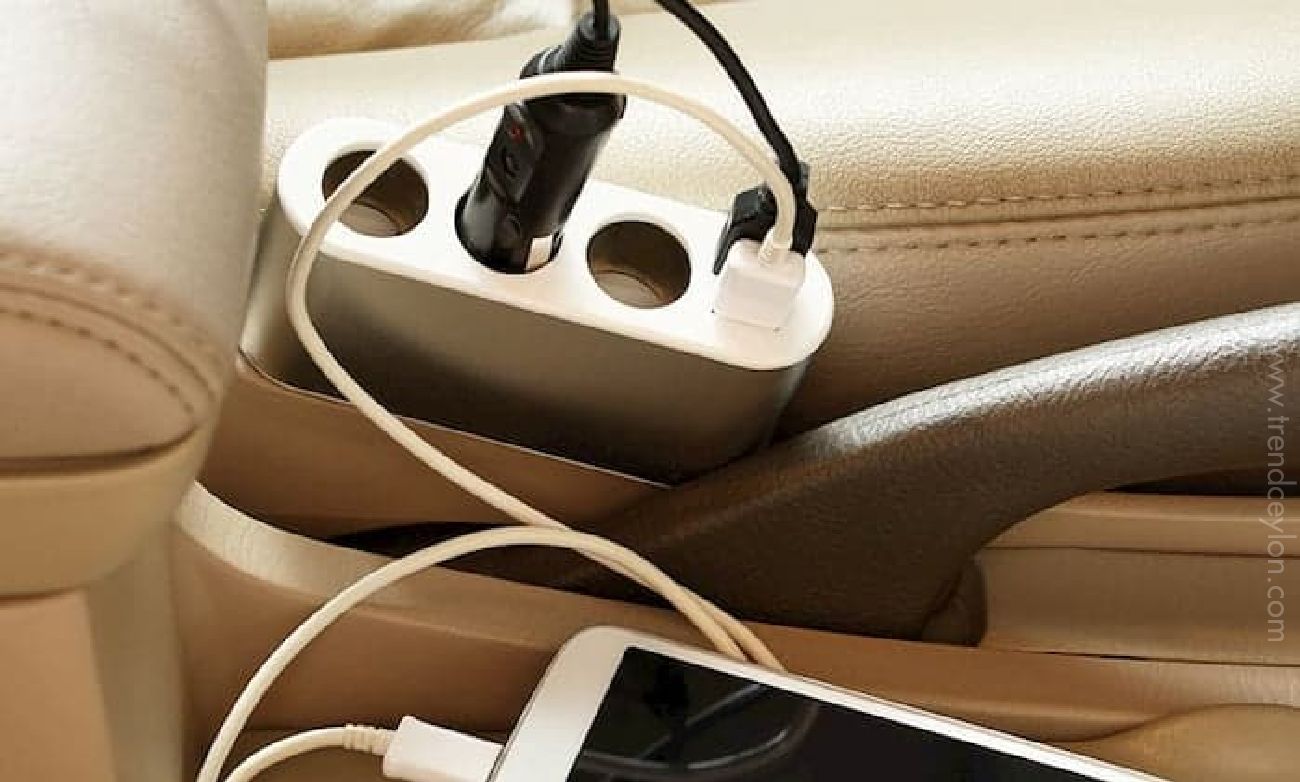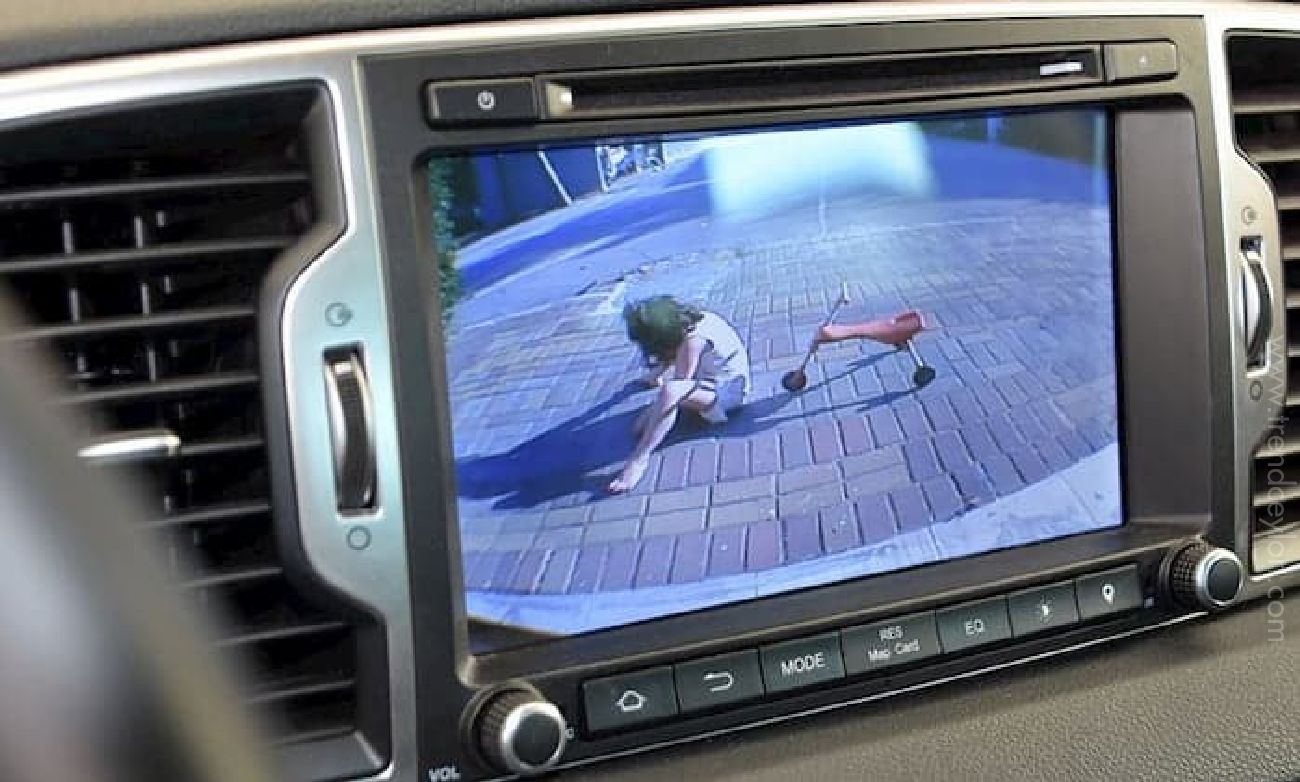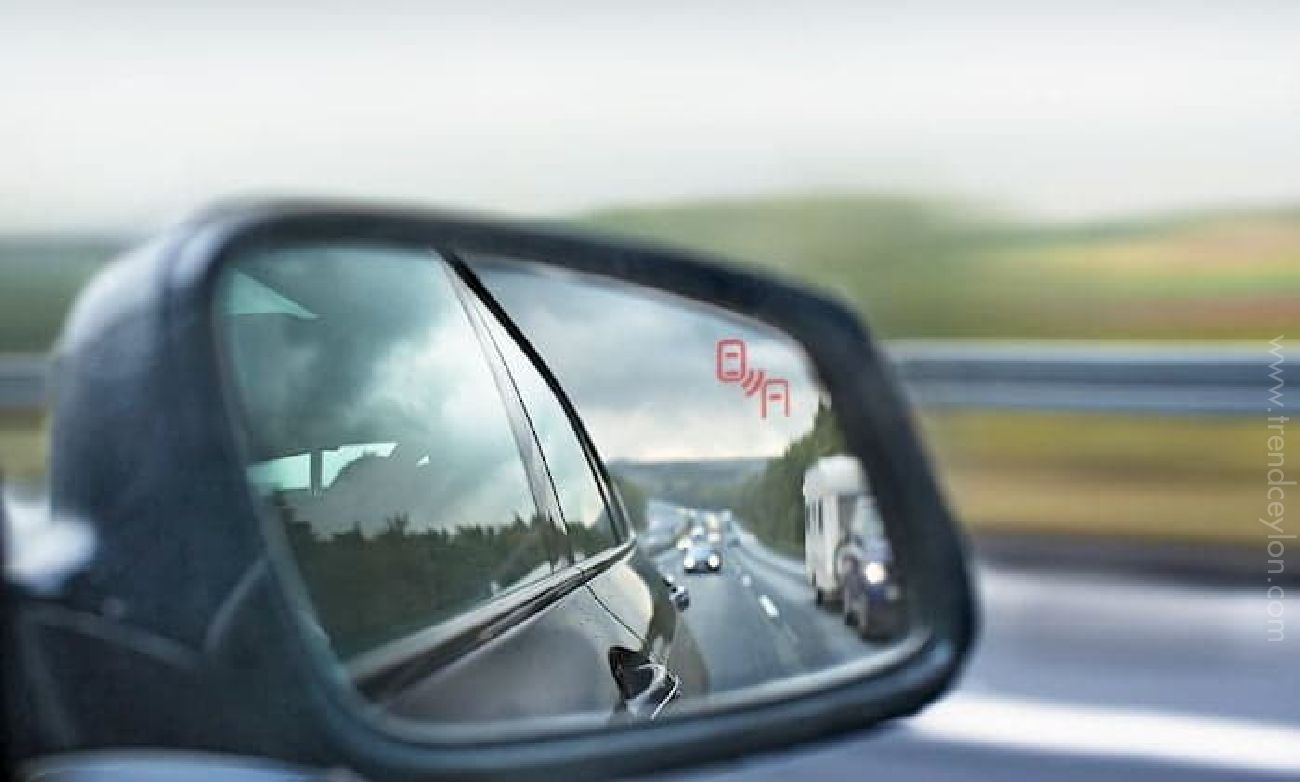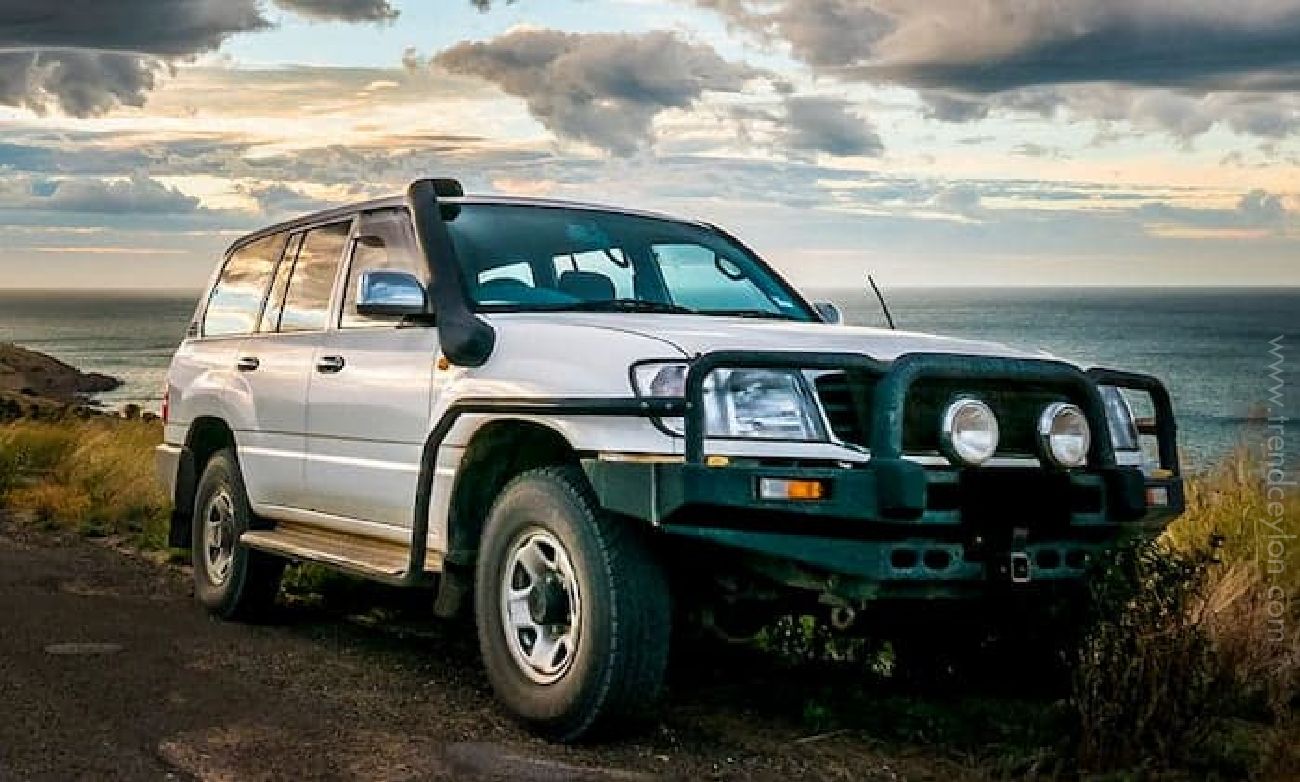In today’s fast-paced world, driving is necessary for many of us. Despite leaps in car safety technology, hitting the road is still risky. The newest cars have impressive features like adaptive cruise control, lane departure warnings, and collision avoidance systems. But what if you’re behind the wheel of an older model? Fortunately, aftermarket add-ons can drastically improve your car’s safety. These upgrades won’t break the bank and will save you money on repairs in the long run.
1. The Building Blocks of Safe Driving: Upgrading Your Tyres

The Critical Role of Tyres in Vehicle Safety
Often overlooked, tires are the unsung heroes of road safety. Darlene Gray, a former race car driver and now an educational specialist for Bridgestone Tires USA, says, “A car can only stop as well as its tires.” While many people fixate on flashy safety gadgets like antilock brakes or traction control, they forget that all these systems ultimately rely on the four patches of rubber that touch the road. In essence, no matter how many advanced features your car has, its performance and safety are fundamentally tied to the quality of its tires.
Upgrading for Improved Handling and Safety
If you’ve been driving on stock tires, an upgrade can improve your car’s handling, especially in challenging conditions. Russell White from driversafety.com.au states that good tyres need deep tread channels to navigate wet roads effectively. When you upgrade, you’re investing not just in rubber but in better grip, shorter stopping distances, and greater stability at high speeds. This translates to a much safer driving experience, lessening the risk of hydroplaning in the rain or losing control in sharp turns.
Making the Right Choice: Consult Experts and Tools
Choosing the right tires can be daunting, but you don’t have to go it alone. Many tire manufacturers offer online tools to help you select the best tires for your vehicle model. If you prefer a more personalized touch, your local tire and car shop can provide expert recommendations tailored to your driving habits and needs. With the right set of tires, you’re not just making an automotive upgrade; you’re making a lifesaving investment.
2. Declutter Your Cockpit: Organizing Gadgets and Cables

If you’re still stuck with an outdated stereo system, you probably know the chaos of cables and chargers that come with trying to play music from your smartphone. Before you realize it, the lines are a tangled mess, making adjusting even the simplest settings a hassle.
Here are some must-have accessories to solve this problem:
- Two-port USB car adaptor: One port might suffice, but having two eliminates the need to keep swapping plugs.
- Retractable USB cables: These can be adjusted to the right length, reducing clutter.
- Smartphone dock: Placing your phone on a port keeps your hands free and your focus on the road.
The Tangled Web We Weave: Navigating the Cable Chaos
Most of us have been there: a car interior littered with cables, chargers, and devices. You’re probably familiar with the hassle if you own an older vehicle with an outdated stereo system. You might find yourself plugging in a slew of cables and chargers to play your favourite tunes or podcasts. These wires become a tangled mess in no time, and you’re left fumbling around, trying to adjust the volume or change the track. This distracting environment is not just annoying; it’s a safety risk that could divert your attention from the road.
The Simple Solutions: Gadgets to Streamline Your Drive
Fortunately, cleaning up your “cable chaos” is easier than you might think. A two-port USB car adaptor can be a real game-changer. Instead of constantly switching out cables, two ports let you charge multiple devices at once. Retractable USB cables are another smart choice. These cables extend and retract as needed, which means you won’t have loops of wires hanging around and causing distractions. With just these two simple accessories, you can significantly declutter your dashboard area and keep your focus where it should be—on driving.
Going the Extra Mile: The Wireless Upgrade
Consider a wireless solution if you want to take the tidiness to the next level. Aftermarket stereo systems now offer wireless connectivity options that sync with your devices, eliminating the need for cables altogether. Not only does this create a cleaner, more organized space, but it also makes it easier to operate your devices hands-free. While it might feel like a splurge, labelling it as a “safety upgrade” is not a stretch. By cutting the cords, you’re streamlining your driving experience and, more importantly, making it safer.
3. Take the Guesswork out of Reversing: Install a Reversing Camera

Why You Should Consider a Reversing Camera
Driving in reverse can be a risky maneuver. Even if your car’s mirrors are top-notch, they can’t show you everything behind you. Reversing cameras offer an extra set of “eyes,” reducing the chance of a collision or, worse, hitting a pedestrian. These cameras have become more of a necessity than a luxury.
How a Reversing Camera Works
When you shift your car into reverse, the reversing camera activates. It displays a real-time video feed on your dashboard or rear-view mirror. Some advanced models even offer guidelines and distance measurements. This information helps you gauge how far away objects are, making parking and reversing much safer.
Safety Stats Back Up the Need
A survey from Budget Direct reveals that 54% of drivers have had at least one near miss while backing up. The Centre for Accident Research & Road Safety in Queensland adds another alarming fact: children are especially at risk of being run over. Given these sobering stats, installing a reversing camera could be lifesaving.
Easy Installation and Affordable Options
You don’t have to be a car guru to install a reversing camera. Many kits come with easy-to-follow instructions, and some people manage with the help of YouTube tutorials. Prices vary, but the upfront cost is a small price to pay for the safety benefits you’ll reap in the long run.
4. Eliminate Hidden Hazards: Installing a Blind-Spot Warning System

The Importance of Spotting the Unseen
Blind spots remain a significant safety concern for drivers everywhere. Traditional methods, like turning your head to check, are not always foolproof. Poor lighting or weather conditions can make seeing vehicles lurking in these hidden zones difficult. Therefore, installing a blind-spot warning system is a practical step towards safer driving.
How It Works
The system uses sensors placed around your car to monitor these blind areas. When another vehicle enters your blind spot, the system springs into action. It alerts you by flashing a light on your side mirror or making a warning sound. This way, you get a heads-up without taking your eyes off the road.
Easy Installation and Wide Availability
You don’t need to be a tech wizard to install a blind-spot warning system. Most car-accessory stores offer these gadgets, and they often come with straightforward installation guides. If you’re not comfortable doing it yourself, many shops offer installation services for a small fee.
Safety First, Always
Investing in a blind-spot warning system is an investment in your safety and that of others on the road. The alerts provided by the system enable you to make informed lane changes, reducing the risk of accidents. In short, it’s a small addition that offers significant safety benefits.
5. Safety Through Reduction: Time to Ditch the Bull Bar

Time to Rethink the Bull Bar
Bull bars might look cool and rugged, but their use isn’t always practical. They’re meant for rural areas where collisions with animals are risky. A bull bar is more of a liability than an asset in a city setting.
The Risks for Pedestrians
Studies have shown that bull bars can cause serious injuries to pedestrians. In fact, a car equipped with a bull bar can be twice as dangerous to a pedestrian compared to one without it. Simply put, what might be a minor accident without a bull bar becomes far more hazardous with one.
Why They’re Unnecessary in Cities
In urban environments, the risk of hitting large animals is low. The main utility of a bull bar, therefore, becomes irrelevant. You’re far more likely to need to stop quickly for a pedestrian or another vehicle than for wildlife.
Opt for a Safer Alternative
If you don’t really need a bull bar, consider switching to a standard bumper. Not only will your car be safer for those around you, but you’ll also avoid the potential legal issues that come with having an unnecessary and dangerous accessory.
The road may be a dangerous place, but we’re not powerless. Whether it’s improving your tyres or installing lifesaving tech, these upgrades put you in the driver’s seat of your own safety. So before you rev up your engine next time, consider investing in some of these invaluable upgrades. The money you spend now could save lives later, possibly even your own.
FAQ 1: Are these car safety upgrades expensive?
Not necessarily. While some upgrades, like reversing cameras, may cost a bit, others, like organizing your cables or improving your tires, can be quite affordable. It’s all about prioritizing what’s most important for your specific driving needs.
FAQ 2: Can I install these safety features myself?
Some of these upgrades are DIY-friendly, especially cable management and simple add-ons like a USB adaptor. You may want to consult a professional for more complex installations like a blind-spot warning system or a reversing camera.
FAQ 3: Are upgraded tyres really that important for safety?
Absolutely! Your car’s performance heavily relies on the quality of its tyres. Upgraded tyres can offer better grip and handling, particularly in wet conditions, making your ride safer.
FAQ 4: Do I need a blind-spot warning system if I already have mirrors?
While mirrors do help, they can’t cover every angle. A blind-spot warning system adds an extra layer of safety by alerting you of vehicles you can’t see in your mirrors, especially in poor lighting or adverse weather conditions.
FAQ 5: Are bull bars really that dangerous in city driving?
Research shows that bull bars can increase the risk of severe injuries to pedestrians and other road users. If you’re primarily driving in the city or suburban areas, it’s safer for everyone to swap the bull bar for a standard bumper.


















